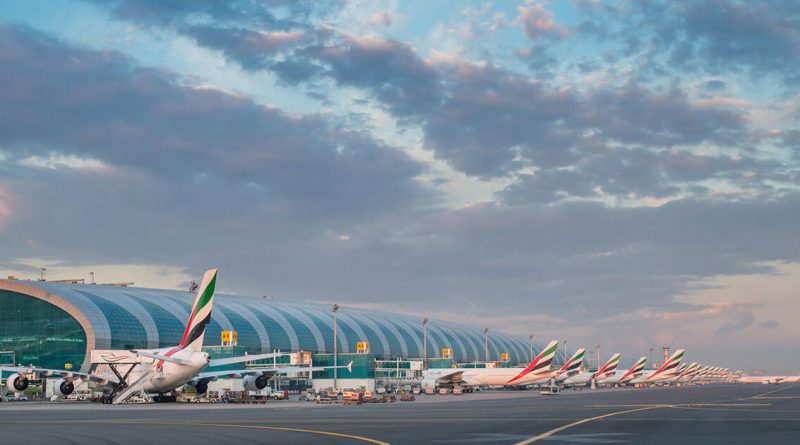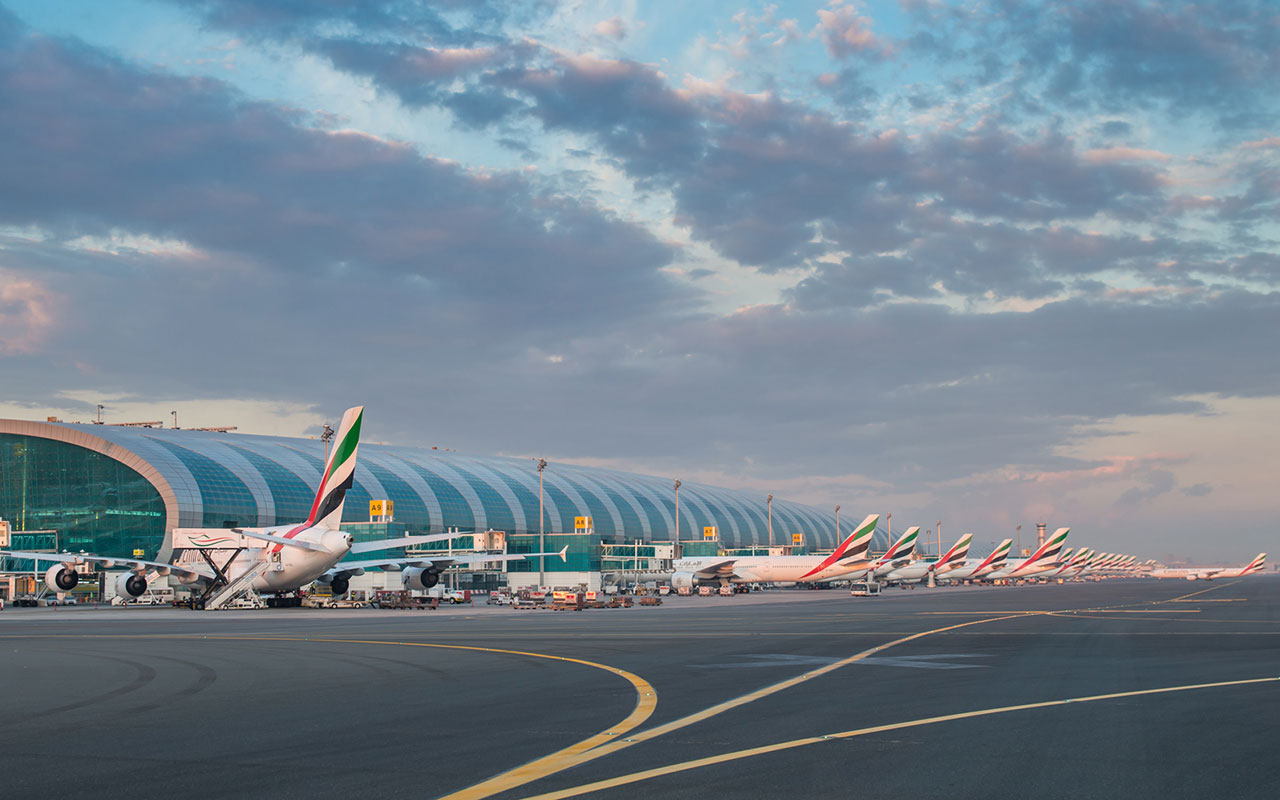Revealed: How the Middle East aviation market might look in 2040
New report by Boeing forecasts 3,000 new aircraft deliveries to Middle East airlines over the next 20 years
Airlines in the Middle East are expected to receive 3,000 aircraft deliveries over the next 20 years as the global aviation industry looks to bounce back from the impact of the coronavirus pandemic.
A new report by Boeing said the region’s fleet size is set to grow by more than four percent between 2021 and 2040, matched by a similar increase in traffic growth.
Its new Commercial Market Outlook (CMO) also said regional airlines will be looking to hire 196,000 personnel over the same period.
Within the Boeing Market Outlook, the CMO projects 10-year global demand for 19,000 commercial airplanes valued at $3.2 trillion.
Boeing’s 20-year commercial forecast through 2040 projects demand for more than 43,500 new airplanes valued at $7.2 trillion, an increase of about 500 planes over last year’s forecast.
In a significant area of growth, projected demand has increased for dedicated freighters, including new and converted models.
With sustained demand for air cargo tied to expanding e-commerce and air freight’s speed and reliability, the CMO projects the global freighter fleet in 2040 will be 70% larger than the pre-pandemic fleet.
Boeing’s analysis of long-term market dynamics said that commercial airplanes and services are showing signs of recovery, while the global defence, space and government services markets have remained stable.
“As our industry recovers and continues to adapt to meet new global needs, we remain confident in long-term growth for aerospace,” said Boeing chief strategy officer Marc Allen.
“We are encouraged by the fact that scientists have delivered vaccines more rapidly than imaginable and that passengers are demonstrating strong confidence in airplane travel.”
“The aerospace industry has made important progress in the recovery, and Boeing’s 2021 forecast reflects our confidence in the resilience of the market,” said Stan Deal, president and CEO, Boeing Commercial Airplanes.
“While we remain realistic about ongoing challenges, the past year has shown that passenger traffic rebounds swiftly when the flying public and governments have confidence in health and safety during air travel. Our industry continues to serve an essential role of bringing people together and transporting critical supplies.”
Highlights of the new 20-year forecast include:
- The availability and distribution of COVID-19 vaccines will continue to be critical factors in the near-term recovery of passenger air travel. Countries with more widespread vaccination distribution have shown rapid air travel recovery, as governments ease domestic restrictions and open borders to international travel.
- Passenger traffic growth is projected to increase by an average of 4 percent per year, unchanged from last year’s forecast.
- The global commercial fleet will surpass 49,000 airplanes by 2040, with China, Europe, North America and the Asia-Pacific countries each accounting for about 20 percent of new airplane deliveries.
- Carriers will need more than 7,500 new widebody airplanes by 2040 to support fleet renewal and long-term passenger and air cargo demand growth in longer-haul markets. These projections are up slightly compared to 2020 but remain down 8 percent from 2019.
Source: Read Full Article





